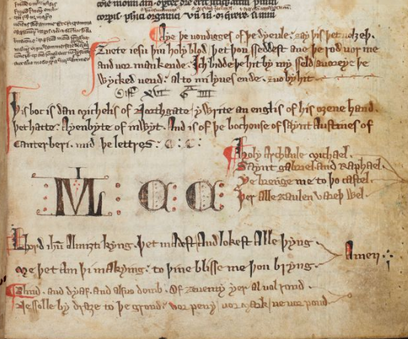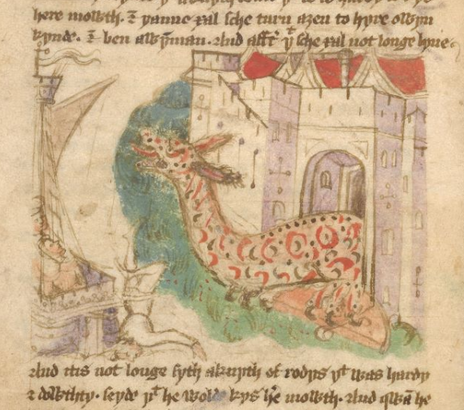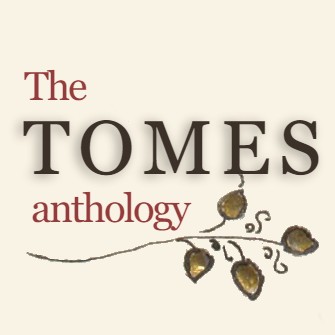The Open Medieval Editions by Students Anthology
An open access collection of medieval English literature.
Middle English in its Multilingual and Multivalent Contexts
This anthology is focused on literature in Middle English: an early version of English spoken in the medieval period between roughly 1066 and 1500 (and before Shakespeare's day!). The field of Middle English studies is increasingly recognizing and exploring the dynamic, multilingual contexts in which Middle English circulated and this anthology is aimed at representing those contexts. So, while this anthology is focused on Middle English, it also includes French, Latin, and Hebrew, to give a sense of some of the multilingual environments in which English was read in the medieval period.
About TOMES
The texts in the anthology were transcribed, edited, and translated by BA and MA English and French students at Leiden University, with the direction and guidance of Dr. Krista Murchison. The idea behind TOMES was designed and developed in 2018 by Krista Murchison and made possible thanks to a Comenius Grant from the Dutch Research Council (NWO).
Creating New Editions
Many medieval texts are available only in nineteenth-century editions that remain marked by the outmoded values of the editors that created them. This project aimed at helping address this issue by creating new, up-to-date editions through a collaborative editorial process. Students received training in codicology, paleography and transcription and produced new editions by transcribing directly from digitized manuscripts. Read more about the transcription approach here.
Empowering Students as Editors

Source: London, British Library, Arundel MS 57, fol.2r
This process was aimed at giving students skills in web writing, textual editing and collaboration. The material here was created by approximately 85 students in Dr. Murchison's BA and MA courses and included here with permission as an optional course component. Read more about the editorial experience here.
All the material has been developed with support and checked through a 3-step review process, including editing by the project assistants and project lead.
Student-Centered Editions
The editions in TOMES are designed by, and for, students (and others!).
Texts were selected by students from a list.Glosses were supplied by students based on words they thought others might find difficult.
Translations were designed to be useful for students.
That means the material is designed with learners in mind. Read more about the translation policy here.
#NoFilter Editions
How were Middle English texts read in the medieval period? In keeping with a broader movement in scholarly editing, this anthology is aimed at representing medieval textual culture in all its beautiful--and at times messy--complexity.
Therefore, the editions presented here are based closely on single manuscript copies. While each text is furnished with a dynamic editorial apparatus, this apparatus can be removed to show the text in its less filtered, more original form. Read more about the TOMES editorial approach here.

Source: London, British Library, Harley MS 3954, fol. 8v
While a traditional anthology is limited by page constraints, an online anthology can be more multivalent and can contain far more material. So, this anthology includes material designed to suit a variety of different educational contexts.
Translations are available for those who are less familiar with Middle English, and glossed and unglossed texts are available for those who want more of a challenge. All the material can be downloaded for free to produce a fully customizable anthology based on your unique goals, interests, and, needs.
Sustainable Web Markup
Each text is marked up in TEI-compliant XML. Why? TEI is widely considered a sustainable form of web encoding; it was designed to ensure online texts will stay machine-readable for the future.
TEI also allows for more customizable texts than other forms of web markup.
Open Scholarship
All material here can be used, downloaded and shared for free, in keeping with the license terms below. Student editors have all signed authorship agreements under this license.
This work is licensed under a Creative Commons Attribution-NonCommercial-NoDerivatives 4.0 International License.


